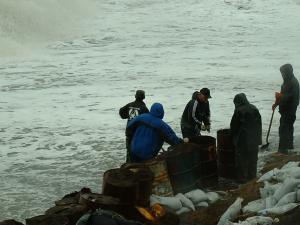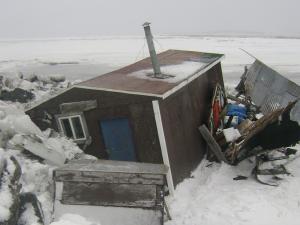Tool
Local Environmental Observer (LEO) Network
This site encourages members to post unique or unusual environmental events onto public, web-based maps. The network provides a model for connecting community members with technical experts and resources.
To contribute to the site, users must join LEO and set up a personal profile. Users can search events by topic, time, location, source, keyword, or many other dimensions. Members can also make and submit observations or news articles. Once an Observation has been submitted, it is reviewed by our editorial team. If selected, it will be published to the LEO database.
Details
Hazards
Assets




